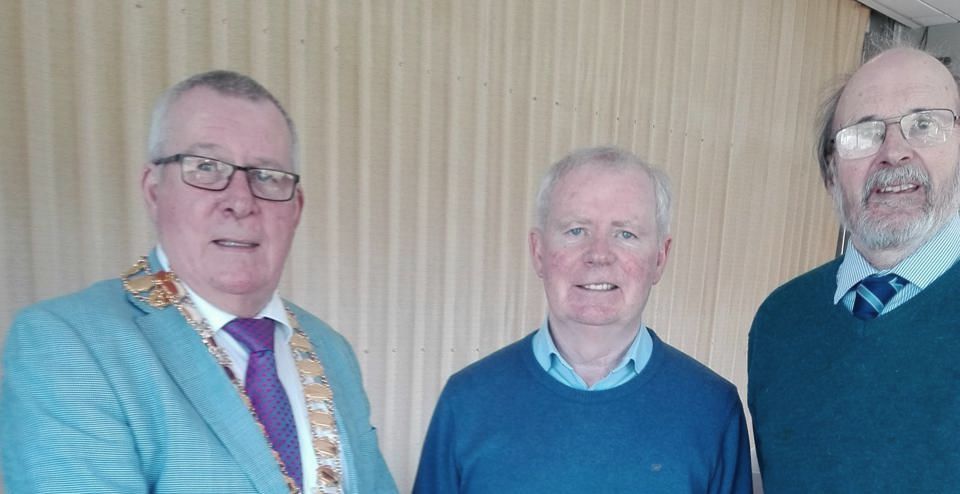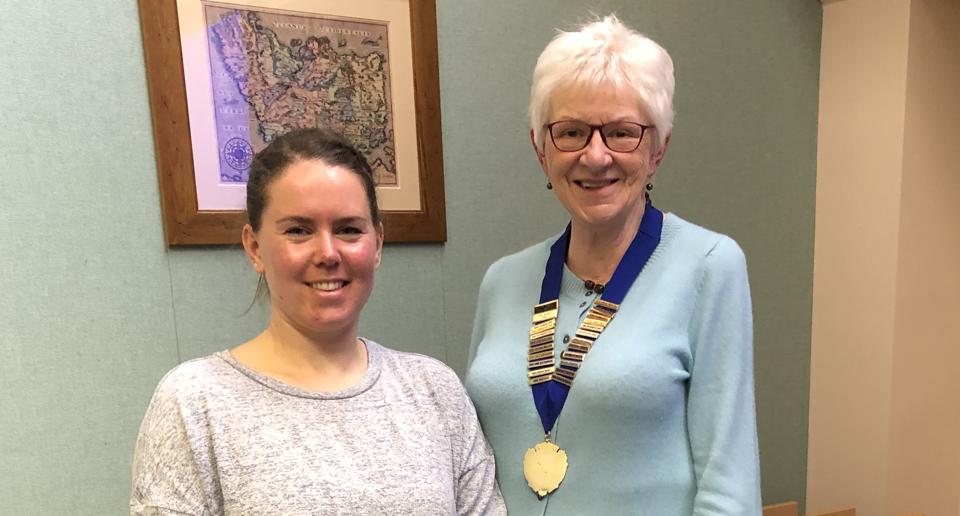Meeting of Wednesday 4 March 2020
Speaker Vincent Brogan: Topic – “19th Century Omagh”

Vincent elaborated on the development of Omagh as a garrison town in the 19th century for the Royal Tyrone Fusiliers and later the Royal Enniskillen Fusiliers. The population of Tyrone fell dramatically from 1841 to 1901 but the population of Omagh town grew as people moved into the town for work. The arrival of the railways enabled people, goods and animals to be transported more easily and Vincent with the aid of postcards spoke of the development of hotels in Omagh and places of entertainment such as the Ulster Hall. He informed members that maps of old Omagh were available on the PRONI website to download free of charge.
Vincent was thanked by Probian John McCandless for a detailed and informative talk that was much appreciated by members.
